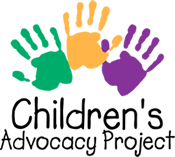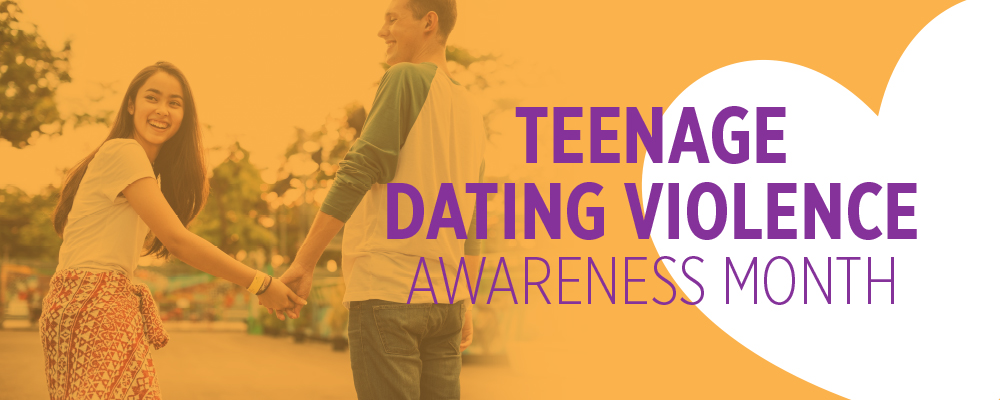February is Teen Dating Violence Awareness Month, a time for teenagers, parents, and the entire community to join together to learn the signs of dating violence, how to prevent it, how to get out of it if it does happen, and to raise awareness about this common issue.
What is teen dating violence?
Teen dating violence is an adverse childhood experience that affects millions of young people in the United States. Dating violence can take place in person or online. This type of partner violence can include types of behavior such as:
-
Physical violence: a person hurts a partner through hitting, kicking, or physical force
-
Sexual violence: forcing or attempting to force a partner to take part in sex or a sexual act when a partner does not or cannot consent. This also includes non-physical sexual behavior such as posting or sharing sexual pictures of a partner or sexting without consent.
-
Physical aggression: use of verbal or non-verbal communication with the intent to harm mentally or emotionally or exert control over a partner.
-
Stalking: pattern of repeated, unwanted attention and contact by a partner that causes fear or concern for one’s own safety or the safety of someone close to the victim.
What are the warning signs from a partner?
Dating violence can be hard to spot or understand sometimes as it is usually a pattern of coercive, intimidating, or manipulative behaviors used to expert power or control over a partner. Typical warning signs from a partner typically include:
-
Checking your phone, email, or social media accounts without your permission.
-
Putting you down frequently. Especially in front of others.
-
Isolating you from your friends or family: physically, financially, or emotionally.
-
Extreme jealousy or insecurity.
-
Explosive outbursts, temper, or mood swings.
-
Any form of physical harm.
-
Possessiveness or controlling behavior.
-
Pressuring you or forcing you into sexual acts or sex.
Teen dating violence statistics:
Teen dating violence is common.
-
1 in 3 young people will be in an abusive or unhealthy relationship.
-
Nearly 1 in 11 female and approximately 1 in 14 male high school students report having experienced physical dating violence in the last year.
-
About 1 in 8 female and 1 in 26 male high school students report having experienced sexual dating violence in the last year.
-
26% of women and 15% of men who were victims of contact sexual violence, physical violence, and/or stalking by an intimate partner in their lifetime first experienced these or other forms of violence by that partner before age 18.
-
Females between the ages of 16 and 24 are roughly 3 times more likely than the rest of the population to be abused by an intimate partner.
-
Only 1/3 of the teens who were involved in an abusive relationship confided in someone about the violence.
What are the effects?
Teen dating violence can have short and long-term negative effects on teens including:
-
Experiencing symptoms of depression and anxiety.
-
Engaging in unhealthy behaviors like excessive alcohol or drug use.
-
Thoughts of suicide, eating disorders, and more.
Violence in adolescent relationships can also set the stage for problems in future relationships such as continued intimate partner violence and sexual violence, and/or victimization throughout life.
What can we all do to prevent teenage dating violence?
-
Teach your children safe and healthy relationship skills and about setting boundaries
-
Become a trusted source of information for your teen
-
Help teens recognize the warning signs
-
Encourage others to learn more about the issues of dating violence
-
Support survivors
Sources: dosomething.org | cdc.gov

